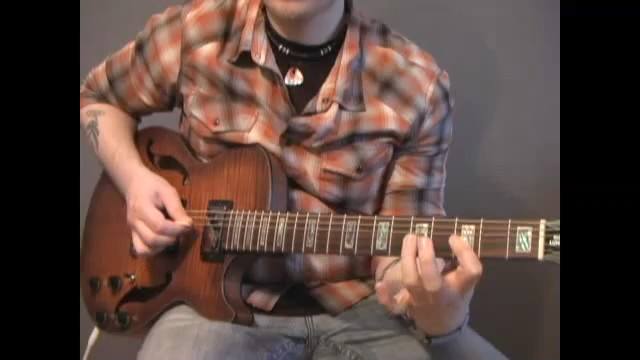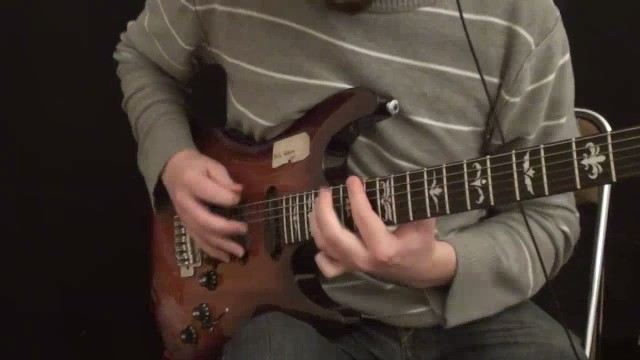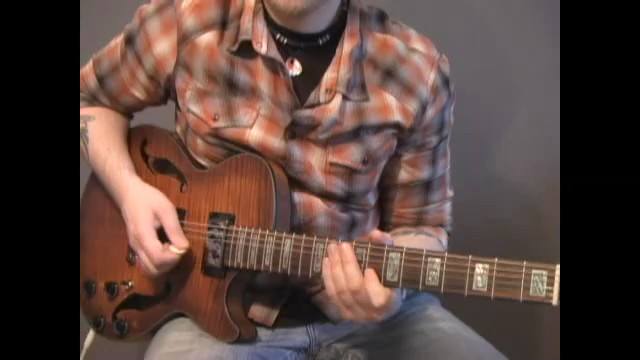Our next chord type is dominant 7th chord with a sharpened 11th interval. This gives us a lydian dominant chord also known as the chord symbol 7#11. From the root note G this would give us G7#11 for example.
The scale associated with this chord is the lydian dominant scale which is a mixolydian scale with a sharpened 11th. Over the G7#11 we'd play the G lydian dominant scale.
There are other chord associations we can make in a modal context. For example, any dominant 7th chord which contains no alterations of the 5th or 9th interval can take a lydian dominant scale. In other words, so long as the chord doesn't have a b5, #5, b9 or #9 in it we can play the lydian dominant scale from its root. The only exception to this is in a functional context where the chord resolves up a 4th or down a 5th to it's related I chord as in a V-I cadence. Any other resolution will allow us to use this lydian dominant scale! Nice!
Here's the chart,
| Chord | Scale |
| 7#11 | Lydian Dominant (from the root of chord) |
| 9#11 | Lydian Dominant (from the root of chord) |
| 13#11 | Lydian Dominant (from the root of chord) |
| 7 | Lydian Dominant (from the root of chord) |
| 9 | Lydian Dominant (from the root of chord) |
| 13 | Lydian Dominant (from the root of chord) |





































































